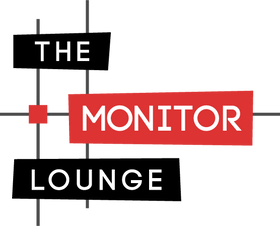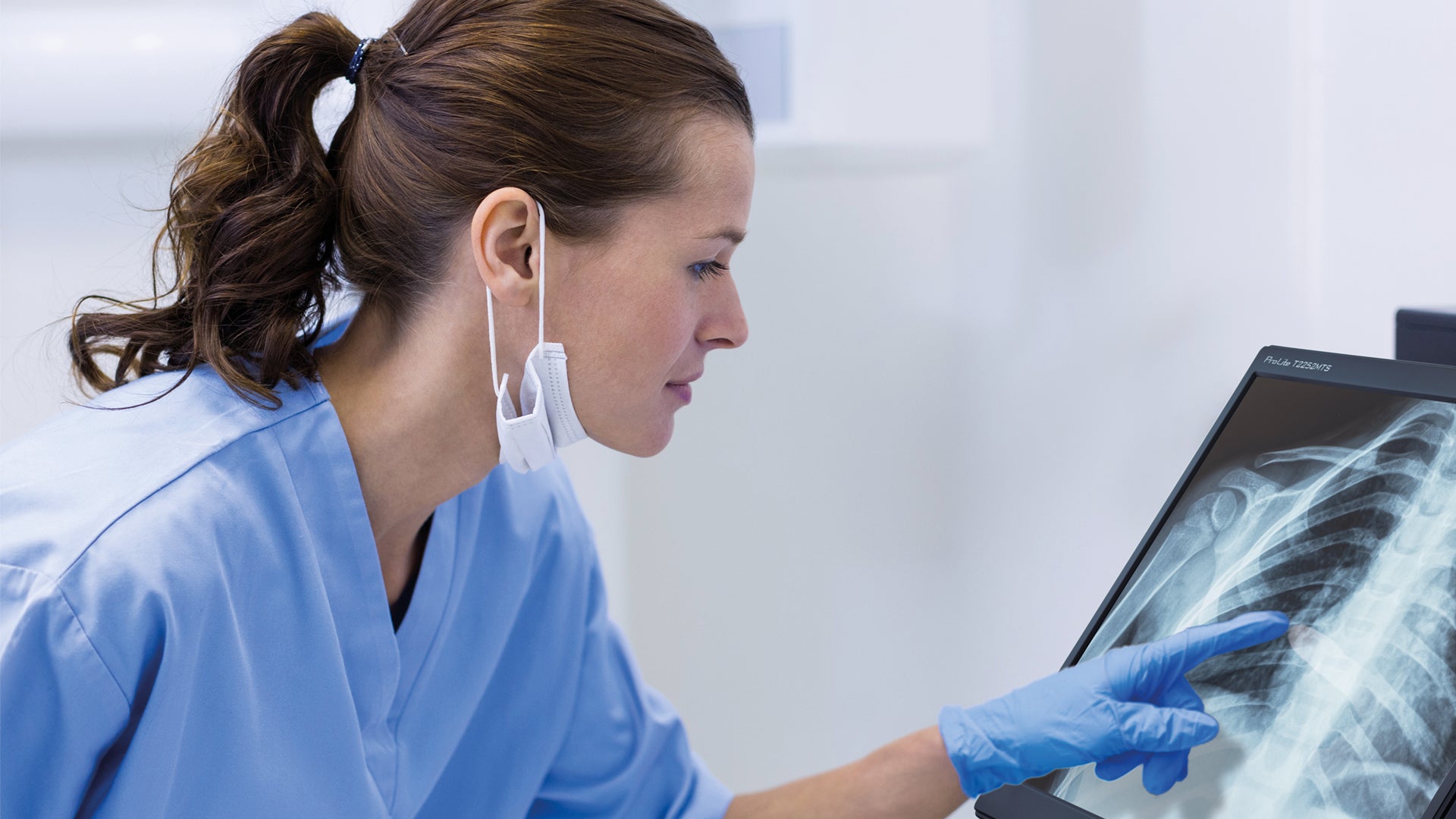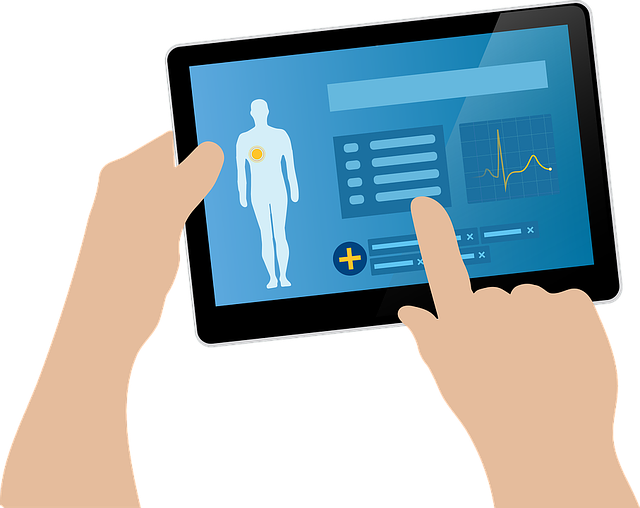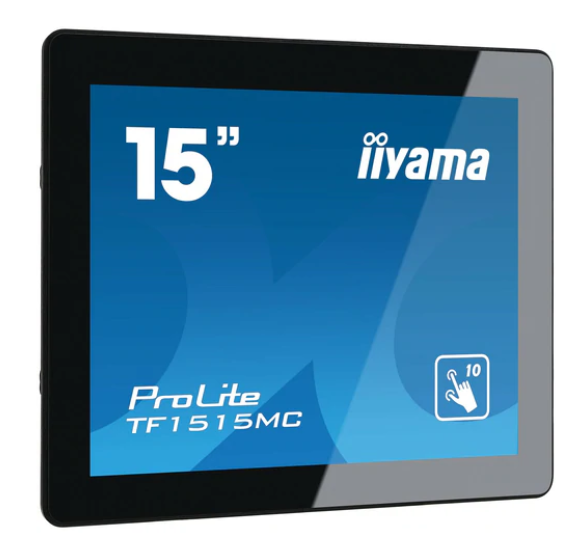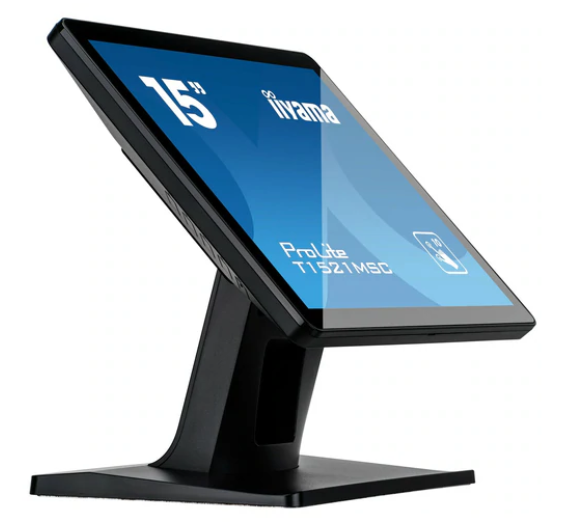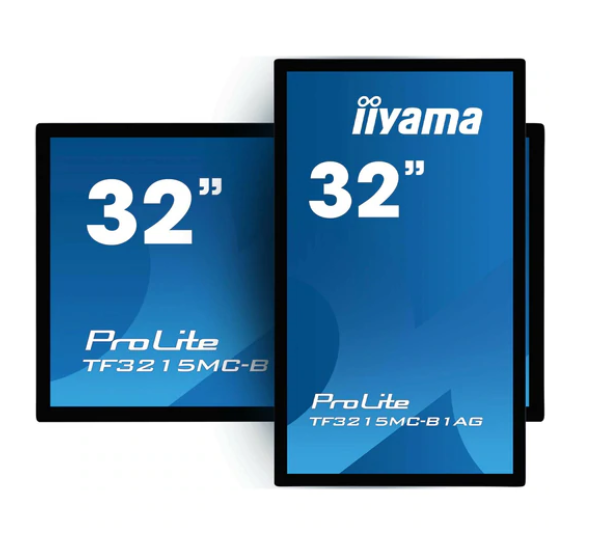Hospitals, clinics, and other healthcare settings utilized the innovation of technology to deliver quality and faster patient care. One specific device that has helped and continues to help healthcare professionals are touch screen monitors.
In the medical setting, computers and monitors help healthcare professionals multi-task — gather patient information, charting, documentation, X-rays, and many more. Monitors are even used in the operating room to monitor patient status.
So if you're looking for medical-grade monitors, whether you're procuring for a hospital or clinic, you've landed on the right page. Learn how medical-grade touch screen monitors can benefit the healthcare setting, what to look for, and the best products you can choose from.
How Touchscreen Monitors Can Be Beneficial to the Healthcare Setting
For years, many clinics, diagnostic centers, and large hospitals have used touch screen technology to make their work efficient and faster. Touch screen monitors have helped in streamlining the whole process, are cost-efficient in the long run, and have increased overall patient satisfaction.
The following are the benefits of using touch screen medical monitors in the healthcare setting:
Easily Gather Information
Gone are the days of handwritten patient information and charting, thanks to touchscreen monitors and desktops. You or your staff can save so much time in digging into boxes of files of patient records.
Electronic Medical Records (EMR) are now an integral part of hospital settings and have made work for healthcare professionals easier and faster. Also, no more manual encoding of patient information as patients now has the option to input their information straight into the monitor.
Simplify Check-in for Patients
Large hospitals now use touch screen medical-grade monitors to enable patients to self-check-in, called the Patient Check-in System. Patients can now personally input their relevant information without verbally disclosing personal information on anything they may be embarrassed about.
Protect Privacy and Personal Health Information (PHI)
Through the Patient Check-in System, patients do not need to discuss their sensitive health issues verbally. Plus, in compliance with the Personal Health Information (PHI) act, handling personal information through the check-in system is kept confidential.
Inpatient Monitoring and Care
Large hospitals now have a touch screen monitor installed in every patient room or doctor's room for inpatient monitoring and care. The team of healthcare professionals can easily get an update on the patient's information with a couple of taps.
No more troubles communicating about the patient's status and looking for the patient's chart. Every aspect of the patient's care is updated through the automated medical record system.
Reduce Paper Usage
In addition to the benefits of technological advancements, using touch screen monitors in the hospital setting reduces paper usage. No more stacks of paperwork as everything can be accessed through cloud storage.
What to Look For in a Touch Screen Monitor for Healthcare Settings?
That's a lot of benefits for a medical touch screen monitor, right? A high-end medical monitor can do wonders in the health care setting, and honestly, every hospital or clinic should have one. So what do you look for in a touch screen monitor? Here's what you should look for:
Durable and Excellent Quality
For clinical settings, touch screen monitors are expected to be used 24/7. From the morning shift to the next, to all the health care professionals trying to access it, a touch screen monitor should be durable and of excellent quality.
Warranty
Hospitals or clinics use monitors long-term so make sure any product you buy offers an extended warranty. An extended warranty, desirably for three years, is an excellent option to safeguard you or the institution from costly repairs when technical issues arise.
Capacitive Touch Screen Display
Medical-grade monitors should have a capacitive touch screen display. It's recommended to use at least to use a Full HD monitor with a resolution of 1920 x 1080. In medical settings, X-ray results can be uploaded to the patient's medical file.
That's why a capacitive touch screen display is essential to the hospital so the health care team can see clearly images of diagnostic results through the monitor. In the medical setting, monitors should be able to show even the smallest details of the image clearly.
Water-Resistant
Touch screens in the hospital should be water-resistant. With the potential of exposure to fluids in the hospital, like intravenous solutions and other chemicals, you should look for a touch screen monitor that's water-resistant.
Easy-to-Clean
Aside from being water-resistant, a medical display monitor should be easy-to-clean as well. Hygiene and cleanliness are vital in the medical field, so choosing an easy-to-clean monitor is a must.
Multiple health care professionals are expected to use the monitor all throughout the day, and wiping it down before and after use may be recommended.
That's why an easy-to-clean and scratch-resistant monitor that can withstand numerous wipings a day is a definite factor to consider.
Can Be Installed in Medical Carts and in Any Setting
Of course, monitors can be installed in medical carts. So when choosing a computer monitor, make sure that it's compatible for installation in medical carts. For medical carts, a touch screen with an adjustable stand is an excellent option.
Touch Screen vs. Non-Touch Screen Monitors
So why use a touch screen monitor in the health care setting? Why not a regular non-touchscreen monitor? Firstly, with traditional monitors, you'll be needing a wider setup for the keyboard and mouse.
With a touch screen monitor, you won't be needing that, thus a space-saving set-up, which will be valuable in the hospital setting. Also, touch screen monitors have a better display and higher resolution as compared to traditional monitors.
Recommended Touchscreen Medical Grade Monitors
So what are the best touch screen monitors for medical professionals or the health care settings? Here are the best options of the medical-grade monitors you can choose from:
Best Touch Screen Monitor with Mounting Bracket: iiyama ProLite 15" Capacitive Touch Screen Display
This 15" touch screen monitor is best used for charting medical records and for patient check-in. It's highly, durable, water-resistant, and scratch-resistant making it an integral part of the hospital setting.
It has a mounting bracket that can be easily installed in the patient's room or can be handy when giving a presentation for the patient's discharge instructions. The iiyama ProLite TF1515MC-B2 is designed for public and commercial use, especially in health care settings.
Best Touch Screen Monitor with Adjustable Stand: iiyama ProLite 15" Professional Capacitive Touch Screen Display
Another 15" touchscreen medical monitor best used in nurse's stations or clinics is the iiyama ProLite T1521MSC-B1. It has an adjustable stand that offers 80-degree angle tilts for easier use. Also, its picture-perfect performance and high-definition displays can zoom in clearly on even the smallest details.
In addition, it can be used in the hospital because it includes a handy function of deactivating the touch screen while cleaning or wiping it down.
Best Touch Screen Monitor for Diagnosing Purposes: iiyama ProLite 32" Capacitive Touch Screen Display
For diagnostic purposes, such as in the radiology department, they could benefit best from using large-screen touch screen monitors. The iiyama ProLite TF3215MC-B1AG is highly recommended.
It has an anti-glare coat glass ensuring the sharpness and clarity of any image seen on the screen. Additionally, this touchscreen monitor can be used in landscape or portrait orientation making it perfect for hospital settings.
Final Thoughts
Touch screen monitors have drastically helped the health care community to do their work efficiently. Communication, documentation, and the consistency of patient care have been achieved thanks to the use of these products of technology.
So whether you're looking for a monitor for your clinic or the hospital you're working for, the options above can fulfill their product promise. Remember that quality patient care in the healthcare setting comes first, and touchscreen monitors are a vital instrument to achieve that.
